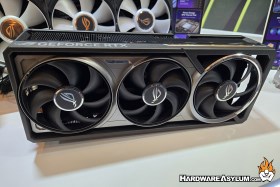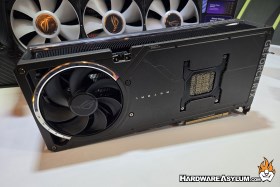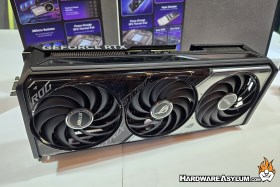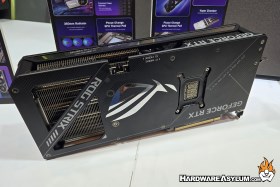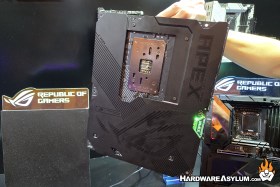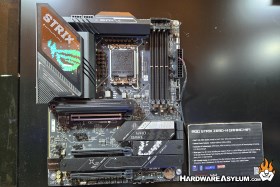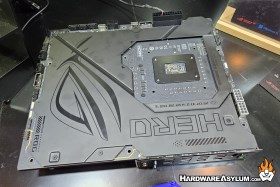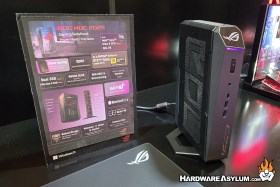Asus Crosshair X870 Apex Motherboard Announced During CES 2025
Author: Dennis GarciaIntroduction
One of the driving principles of Hardware Asylum (and Ninjalane before that) was to review many of the high-quality unicorns in the PC hardware world. This often included the specially designed motherboards intended for extreme overclocking and high-end system builds. While casual overclocking has been largely nerfed by AMD and Intel there are still factors that we can exploit to get the most from our systems or just be “that guy” at the local LAN with the rarest of computer hardware.
As expected, ASUS was showing their latest generation of RTX 50 Series graphics cards and, in what seems like a common trend across all of the hardware makers, there is a new product segment for “ultra high-end graphics cards” called ROG Astral.
ROG Astral will include RTX 5090 and RTX 5080 GPUs while ROG Strix will now feature down market RTX 5070 GPUs designed for the mainstream. I feel when brands start changing the intent of their long-standing product lines, like the ROG Strix, that only goes to confuse the market and tarnish the brand image.
The highlight of my ASUS visit was the X870 Apex motherboard. Traditionally, ASUS has assigned product names based on the chipset/processor and the segment the product was designed for. A good example is that Maximus was dual channel Intel boards while Apex indicated a board designed for overclocking and high-performance builds.
Alternatively, Crosshair was used to indicate an AMD build and was typically a much smaller product line. With the progressively downward spiral in overclocking performance when using Intel processors combined with the lack luster Intel Ultra launch, I am glad to see performance motherboards being made available for AMD platforms.
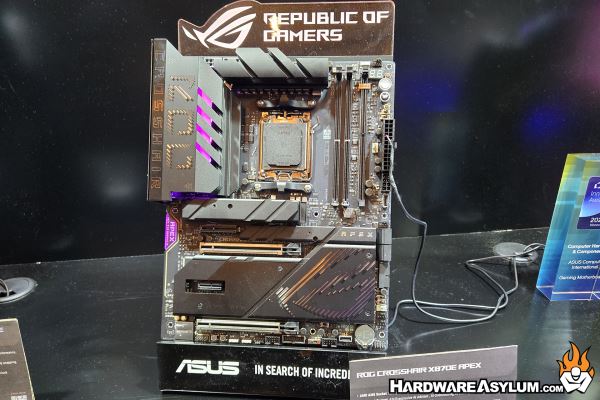
Like Apex boards on the Intel side, the AMD version has all of the same features found on the Intel version including a 2 DIMM memory configuration, backplate and DIMM2 socket for NVME drives.
Of course, Asus was also showing their BTF motherboards. I still find it difficult to get excited about these boards and there are arguments on both sides of the fence. Some, say it breaks one of the primary reasons for building the PC yourself while others say it is the future of custom PCs.
For me, the future of custom PCs is still with the DIY, or ditch the PC completely and get on the NUC bandwagon or dive into the Mini ITX, both are extremely small and have plenty of power for any task.

